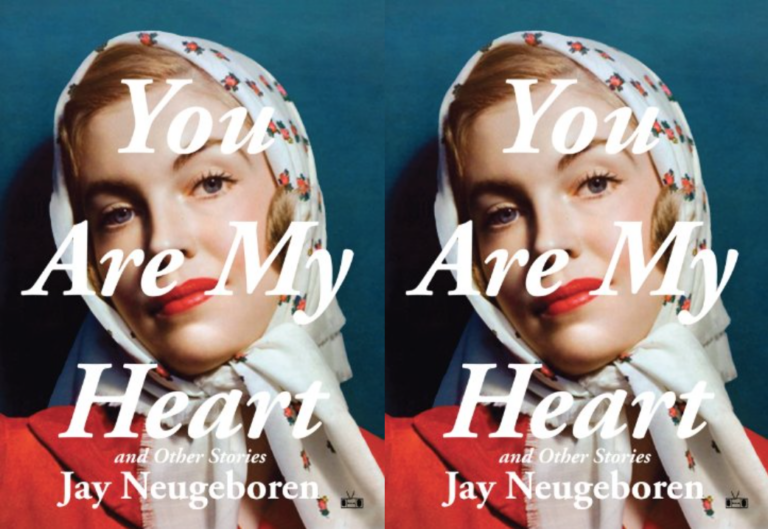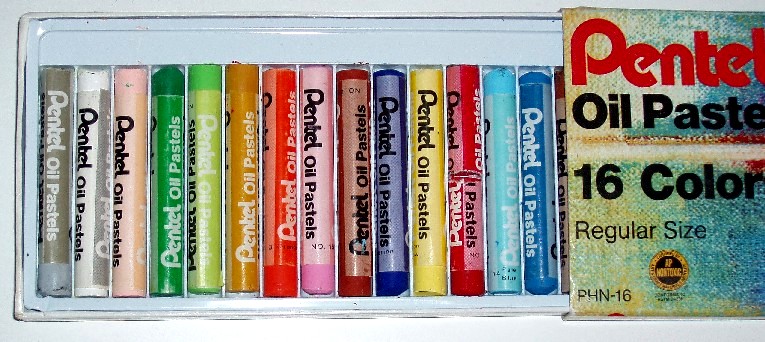Why the Short Story Doesn’t Matter and Why You Shouldn’t Care
The Lonely Reader, Part Four
Guest post by Greg Schutz
Three weeks ago, I began this series of posts with a simple question that’s been batted around a lot lately. To paraphrase: “Why, given the novel’s continuing viability and the increasing hustle and bustle of our society, is the short story not more popular?” As I suggested then, it’s a question with capitalist undertones–a lament for the story’s lack of commercial success.
It’s also a question that misses the point of short stories by treating them as miniature novels. The differences between these two narrative forms, however, go far beyond length–as others, most notably Frank O’Connor, have argued. Last week, I attempted to encapsulate one of the key differences between stories and novels: “a novel has as much space as it needs to achieve [its] effects, whereas any short story is in a state of constant negotiation with its own onrushing end.” Stories, in other words, must invent strategies to respond to the challenge of brevity; novels, in general, do not.
Having suggested this, I then went a little further, very roughly sketching two strategies by which stories negotiate the inherent restrictiveness of the form: excision and compression. Neither of these strategies exists as such in the novel, which has a fundamentally different relationship with its own length.
Many great short stories are like escape artists: double-jointed contortionists, they can be locked in a chest with their hands cuffed behind their backs, and still they will find room to maneuver. Endlessly inventive, they move freely within their restraints. Alice Munro’s “Friend of My Youth” begins with its narrator’s retrospective commentary on a recurring dream and ends with a brief digression about an obscure sect of Presbyterianism. Tony Earley’s “Prophet from Jupiter” accumulates and deploys recurring narrative, imagistic, and thematic touchstones, each harmonizing with the others like voices in a choir.
For me, one of the great pleasures in reading a short story is watching these maneuvers as they happen, and commenters on this series of posts seem to agree. “I read them because I love the form and I appreciate how much life can be packed into so few pages,” writes Verna Wilder. Mary Flinn adds, “The spatial limits of the form apply a vigorous spur to the imaginative problem solving of the writers, which makes us all the luckier as readers to be lost in that flashing world and satisfied by the elegance of the underpinnings.”
Mary and Verna have hit the nail on the head, I think. Readers of the short story are interested in both story and structure. They want both to get “lost in that flashing world” of the narrative and also to be “satisfied by the elegance of the [story’s formal] underpinnings”; they are interested both in the lives of the characters and the author’s ability to pack those lives “into so few pages.”
Full appreciation of the short story, then, would seem to require a degree of formal intelligence; our enjoyment of a particular short story is at least partially predicated upon (1) our understanding of the particular challenge of the short-story form, and (2) our ability to read the story as a showcase for creative responses to that generic challenge.
The same cannot be said for the novel. What I mean is that one cannot define the novel as a narrative response to a single overarching challenge–or even any set of formal challenges; the novel is an amorphous form–the way one can the short story; thus, knowledge of the formal demands that underlie the composition of any novel is less important (which is, of course, far from saying unimportant) to one’s appreciation of that novel as a reader.
Why is the short story less commercially successful than the novel, shrinking attention spans or no? Here, at last, is my answer. The short story’s readership exists in a partially closed loop: they enjoy a particular story in part because of their familiarity with short stories in general, and their familiarity with short stories in general grows as they enjoy particular stories–each of which provides one possible solution to the riddle posed by the form itself.
It’s difficult to break into this loop; doing so requires a sort of literary education in the short-story form (though not necessarily the kind one receives in a classroom). Hence, as I argued in the first post of this series, there is no large, untapped market for the short story out there, waiting to be found. The story’s market share can only be grown organically, one reader at a time. This is not a model that lends itself well to commerce.
In commercial terms, in pop-cultural terms, the short story doesn’t matter. My reply, meanwhile, is that you shouldn’t care.
Why not? you ask. Isn’t the short story dying? Doesn’t it need a large influx of new readers to survive?
No, I would answer–and, consequently, no.
Allow me to defer, for a moment, to Frank O’Connor:
We have been told that the novel is dead, and I am sure that someone has said as much for the short story. I suspect that the announcement may prove a little premature . . . [T]he novel and the short story are drastic adaptations of a primitive art form to modern conditions . . . and I see no possibility of or reason for their supersession except in a general supersession of all culture by mass civilization. I suppose if this takes place, we shall all have to go into monasteries or–if mass civilization forbids–into catacombs and caves, but even there, I suspect, more than one worshiper will be found clutching a tattered copy of Pride and Prejudice or The Short Stories of Anton Chekhov.
There are two lessons to be learned here. The first is that news of the deaths of art forms arrives on our cultural doorstep daily; in almost every case, the rumored demise has been greatly exaggerated. (O’Connor penned these lines in 1962.) We should be cautious, then, before we declare the short story dead.
Moreover, what does it mean for an art form to be “dying”? If this simply means that its market share is small, then by all means, the short story is in bad shape. What’s worse, there doesn’t seem to be much hope for its resuscitation–not unless we break the partially closed loop that restricts short-story readership. And if we do that, of course, the short story will truly die, because in so doing we will have to invent an entirely new form to replace it.
But the second lesson we can learn from O’Connor is that the market is a poor measure of an art form’s vitality. What form could be more dead, for example, than the celebrity biography? Rather, the life of an art depends upon the “worshipers” of the form, however marginalized they may be. If the form speaks to their lives, it lives as long as they do.
I’m not talking about timeliness here, but rather relevance. Some have asked the short story and poetry to court readers by becoming more timely, but I would reply that the story doesn’t exist to report the news, but to report, as Ezra Pound put it, “news that stays news.” Twenty-five hundred years after the Peloponnesian Wars, we still read Thucydides. His commentaries on power, politics, leadership, war, and history are not timely by any means, but they are deeply relevant–and therefore alive in the only way that, for art, truly matters.
(On this note, a quick sidebar. Jonathan Franzen has written about his efforts to write a “social novel“–to use the terms we’ve been using, a novel that reports the news. Although it seems to me that younger forms of art and media have likely usurped the reportorial role that–in a slower, analog world–the novel used to perform, I certainly wish him luck. As I see it, the novel can go ahead and tilt at that particular windmill all it wants; in fact, in order to maintain its market share, it’s probably duty-bound to try.)
I’ve written at length elsewhere about the advantages of literary fiction detaching itself from the commercial marketplace, so I won’t repeat myself too much here. Suffice to say that the short story is still being written and read by numbers enough to sustain it. Those numbers are not large, nor should they be. Much like the short lyric, the story is a desert creature, well adapted to arid climes. Too temperate an environment might, in fact, do it harm. See, for example, how the short lyric, when showered with commercial attention, devolves into gloppy sentimentality: pop lyrics or the poetry of Jewel.
If we try to steer the form toward greener commercial pastures, it may, like a horse, founder on the rich grass there. A too-comfortable art ossifies: as readership is expanded by giving readers more of what they have come to expect, form freezes into formula. The sated art grows slow, fat, boring, and increasingly popular.
Meanwhile, I don’t want the short story to give me what I expect. No: I want it to continue to surprise me by finding thousands of idiosyncratic answers to its single inescapable formal question. I want the short story to run free, and in order to do so, it must travel light.
This is why I’m happy, as an aficionado of the short story, to resign the top of the fiction bestseller list to novels. While Nicholas Sparks, James Patterson, and Danielle Steele rake in the money, and while skilled novelists like Franzen labor mightily to bend their form of choice into a shape that will please mass culture, I’ll just open my copy of God’s Gym, or Tyrants, or The Laws of Evening, or All Aunt Hagar’s Children–or any other story collection published to small fanfare and smaller sales whose contents move and amaze me–and count myself lucky to be such a lonely reader.
This is Greg’s eighth post for Get Behind the Plough.
Images from: http://www.paperbackswap.com/Modern-Classics-Friend-Alice-Munro/book/0143055011/, http://www.indiebound.org/book/9780316199490, http://stevecotler.com/tales/wp-content/uploads/2008/03/, and http://www.abebooks.com/books/story-month-fiction-collections/best-short-stories.shtml


